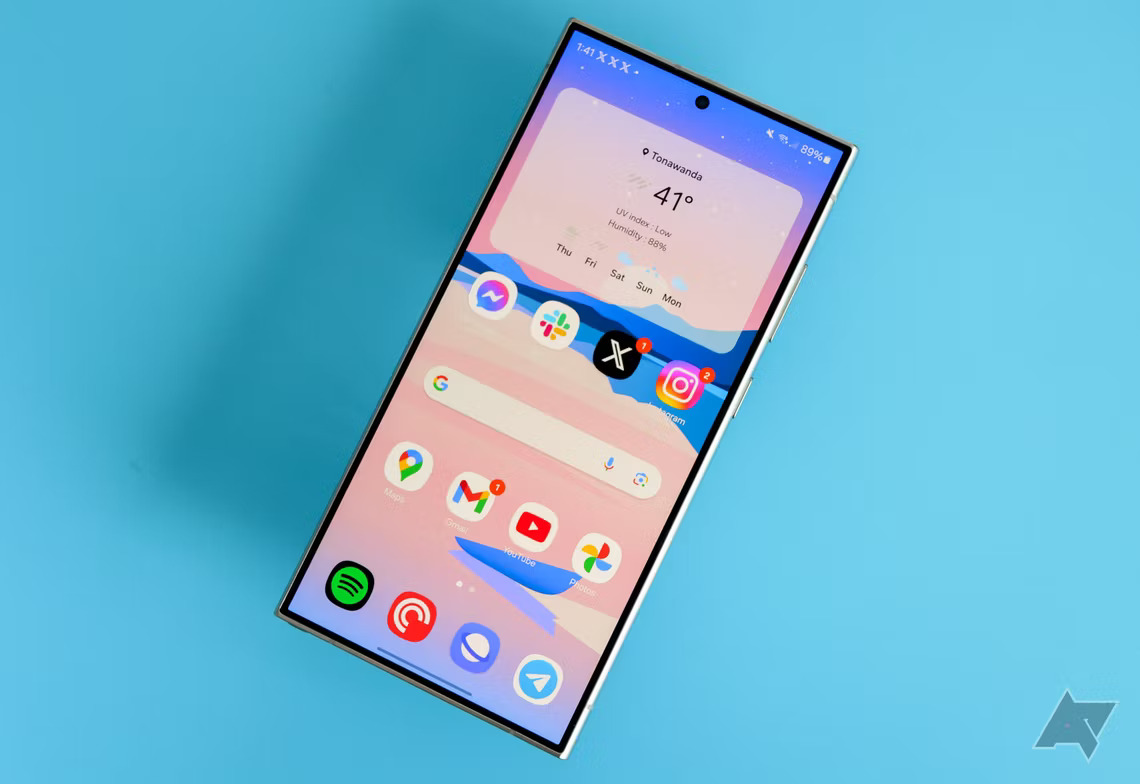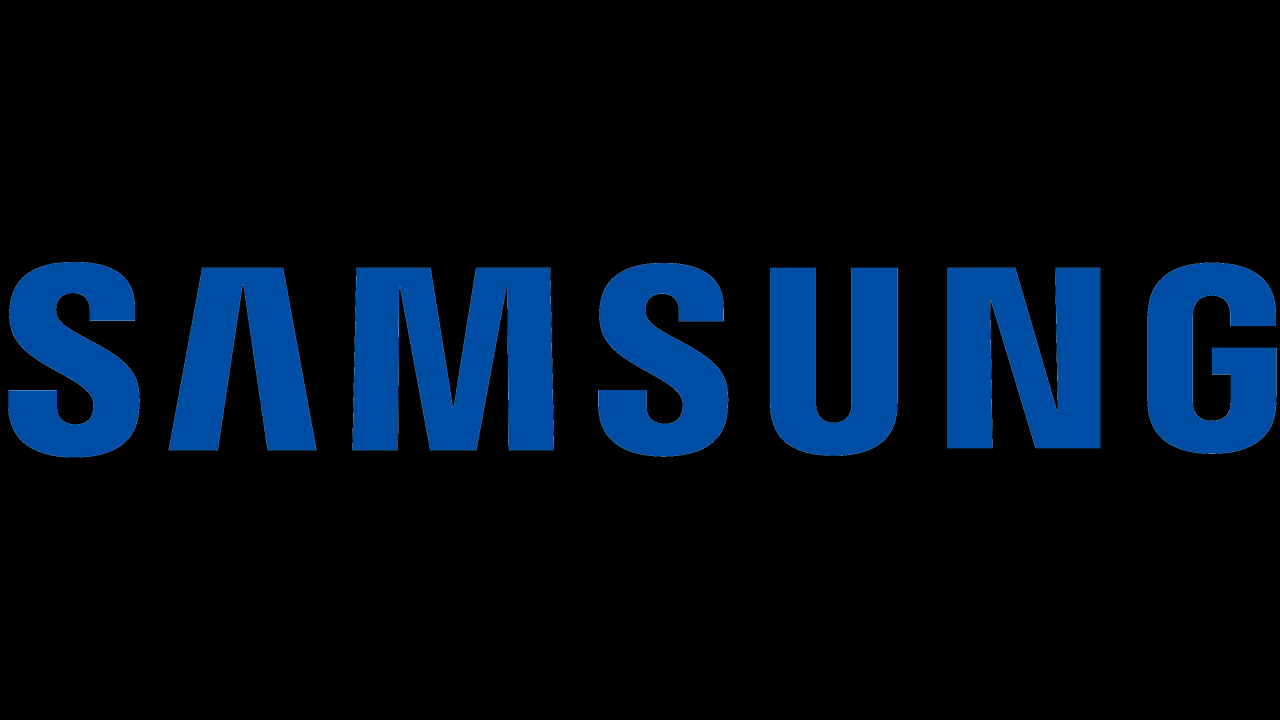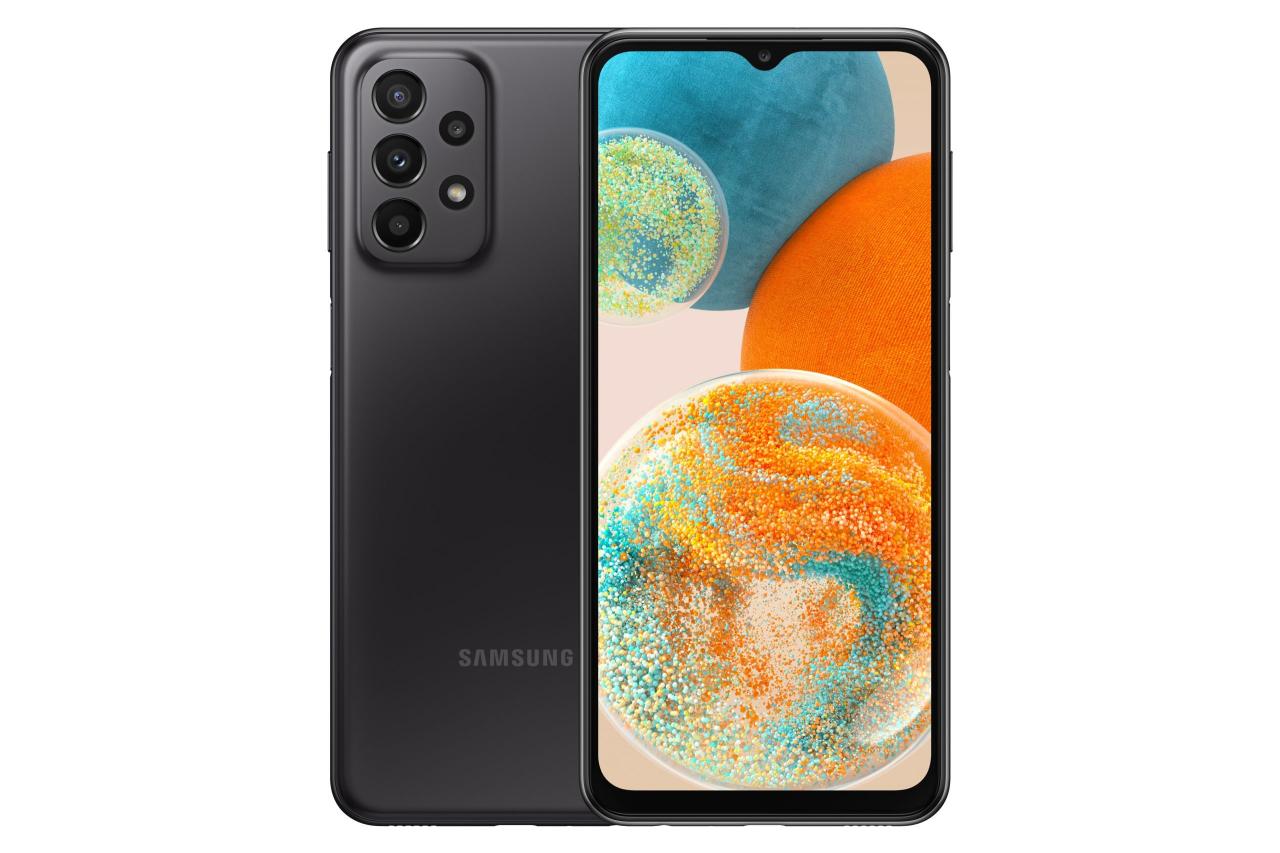samsung note7 sets the stage for this enthralling narrative, offering readers a glimpse into a story that is rich in detail and brimming with originality from the outset. Launched with high expectations, the Samsung Note7 was initially celebrated for its cutting-edge features, including a stunning display, powerful performance, and a sleek design that captivated tech enthusiasts. However, this excitement was soon overshadowed by a series of battery-related controversies that would lead to one of the most significant product recalls in tech history.
Overview of Samsung Note7

The Samsung Note7 was launched in August 2016 as part of Samsung’s flagship Note series. It was designed to blend cutting-edge technology with user-friendly features, appealing to professionals and tech enthusiasts alike. However, its launch was marred by significant controversy surrounding safety issues that ultimately overshadowed its innovative capabilities.
The Note7 featured a sleek design with a glass front and back, combined with a metal frame, giving it a premium feel. It boasted a 5.7-inch Super AMOLED display with a resolution of 1440 x 2560 pixels, ensuring vibrant colors and sharp images. The device was powered by either the Qualcomm Snapdragon 820 or Samsung’s Exynos 8890 processor, depending on the region, and came with 4GB of RAM. With a storage capacity of 64GB, expandable via microSD, and a 3,500mAh battery, it was equipped to handle extensive usage.
Main Features and Specifications
The Samsung Note7 was equipped with several noteworthy features that were pivotal to its appeal. These specifications not only showcased Samsung’s commitment to quality but also set the device apart from its competitors. The following highlights summarize its key features:
- Camera: A 12MP rear camera with dual pixel technology and an f/1.7 aperture, enabling enhanced low-light performance; the front camera offered 5MP resolution.
- Water Resistance: Rated IP68, the Note7 could withstand submersion in water, making it suitable for various environments.
- S Pen: The signature stylus was upgraded for improved functionality, including features like Screen Off Memo and Live Messages, enhancing productivity.
- Security: The device included a fingerprint scanner and iris recognition technology, ensuring a high level of security for users.
- Software: It launched with Android 6.0.1 Marshmallow, later receiving updates to newer versions, keeping it competitive in software performance.
The initial reception of the Samsung Note7 was largely positive, with many praising its design, display quality, and features. However, shortly after its release, consumer feedback shifted dramatically due to reports of battery fires and explosions. This led to a global recall, which significantly impacted Samsung’s reputation and sales.
Despite its innovative technology, the Note7 serves as a key lesson in prioritizing safety in product design.
Controversy and Recall

The Samsung Galaxy Note7, initially hailed as a technological marvel, became embroiled in controversy due to severe battery issues that led to numerous incidents of overheating and spontaneous combustion. The situation escalated quickly, prompting Samsung to take drastic measures to safeguard its customers and restore its brand integrity.
The battery issues stemmed from a design flaw and manufacturing defect, primarily associated with the lithium-ion batteries used in the device. These batteries were prone to short-circuiting, resulting in overheating and, in some cases, fires. Reports of incidents surfaced globally, with users documenting instances of their devices igniting during charging or while in use. This alarming trend compelled Samsung to announce a worldwide recall, affecting approximately 2.5 million units.
Response and Crisis Management
In response to the crisis, Samsung implemented a comprehensive recall strategy aimed at ensuring customer safety and regaining public trust. The company’s approach included several key steps:
- Immediate Recall Announcement: Samsung acted swiftly by issuing a recall within weeks of the first reports, demonstrating its commitment to consumer safety. This move was crucial in mitigating further incidents and showing proactive responsibility.
- Replacement and Refund Options: Customers were offered the option to exchange their Note7 devices for a different model or receive a full refund. This flexibility helped ease the frustration of affected consumers, allowing them to make choices that suited their needs.
- Public Communication: Samsung maintained transparent communication with the public throughout the crisis. Regular updates were shared via press releases, social media channels, and direct communications with consumers, reinforcing the company’s dedication to addressing the issue.
- Collaboration with Regulatory Bodies: Samsung worked closely with regulatory agencies such as the U.S. Consumer Product Safety Commission to ensure the recall process was executed efficiently and safely, further enhancing their credibility.
The company’s handling of the crisis was notable in comparison to other tech industry recalls. For instance, Apple’s battery replacement program for the iPhone 6 was criticized for being less transparent and slower to respond. In contrast, Samsung’s immediate acknowledgment of the problem and rapid response established a more effective public relations strategy, highlighting the importance of swift action and clear communication during a product crisis.
“Transparent communication and prompt action are essential to restoring consumer trust in times of crisis.”
The Note7 incident serves as a case study in crisis management, illustrating the profound impact of timely and decisive actions on brand reputation and customer loyalty in the technology sector.
Impact on Samsung’s Brand: Samsung Note7

The Samsung Galaxy Note7 incident marked a significant turning point for the company’s brand reputation and market presence. The battery failures that led to devices catching fire not only sparked a global safety crisis but also triggered the largest smartphone recall in history. This event cast a long shadow over Samsung’s image, which had been synonymous with innovation and quality in the tech industry.
The fallout from the Note7 debacle was substantial, as it impacted Samsung’s brand reputation and market share significantly. The quick and widespread nature of the recall shook consumer confidence, leading many to question the reliability of Samsung products. In the aftermath, Samsung saw a notable decline in market share, particularly in the premium smartphone segment, where they faced increased competition from rivals like Apple and emerging brands in China. The crisis illustrated how quickly brand equity could be eroded, and the effects were felt not only in consumer sentiment but also in financial performance.
Customer Trust and Sales Impact
The Note7 incident had profound long-term effects on customer trust and subsequent sales for Samsung. Studies conducted post-recall indicated that consumer perception of Samsung’s product safety and reliability dropped sharply. Research from various consumer advocacy groups highlighted a growing skepticism toward the brand, particularly among existing customers who felt betrayed by the incident.
To quantify the impact, a survey conducted by a leading market research firm showed a 25% drop in customer loyalty towards Samsung smartphones immediately following the recall. This decline in trust translated into a noticeable dip in sales, with Samsung’s smartphone shipments falling by 14% in the last quarter of 2016 alone. The company had to work hard to regain the trust of consumers, focusing on transparency and communication in the months that followed.
Changes in Company Policies and Procedures
In response to the Note7 crisis, Samsung implemented significant changes in its company policies and procedures to enhance product safety and consumer trust. These modifications were aimed at preventing similar incidents in the future and restoring consumer confidence.
Key changes included:
- Enhanced Quality Control Measures: Samsung revamped its product development and quality assurance processes. They introduced more rigorous testing protocols, including additional safety checks and simulations to ensure battery integrity before products hit the shelves.
- Battery Safety Guidelines: The company established a new set of battery safety guidelines, including a comprehensive battery certification process that involves independent third-party testing to validate their safety.
- Increased Transparency: Samsung adopted a more transparent approach in communicating product issues and recalls. They improved their customer service channels to provide timely updates and proactive communication regarding product safety.
- Focus on R&D: A significant increase in investment in research and development was made, particularly in battery technology and safety innovations. This move aimed to restore faith in their product line and demonstrate commitment to maintaining high standards.
These strategic shifts reflect Samsung’s recognition of the need to prioritize consumer safety and brand integrity post-Note7. The company’s efforts to address these challenges are ongoing, as they work to regain the trust of consumers and re-establish their position as a leader in the smartphone market.
Legacy and Lessons Learned
The Samsung Note7 incident not only left a significant mark on the company itself but also reshaped the landscape of the tech industry, ushering in a new era of product safety and innovation. This event catalyzed a thorough examination of manufacturing processes, consumer safety protocols, and the relationships between brand reputation and technological advancement. The Note7’s legacy serves as both a cautionary tale and a blueprint for future endeavors in technology.
Technological Advancements Influenced by the Note7 Incident
Following the Note7 controversy, significant strides were made in battery safety and manufacturing processes within the tech industry. The focus shifted towards enhancing quality control measures and implementing stricter testing protocols. As a result, manufacturers began to adopt advanced technologies to prevent overheating and explosions in lithium-ion batteries.
Key advancements include:
- Battery Management Systems (BMS): Enhanced algorithms that monitor battery health and temperature, ensuring safer operation.
- Thermal Runaway Prevention: Innovative materials and designs that help prevent overheating and mitigate risks associated with battery failures.
- Modular Battery Designs: Allowing for easier replacement and recycling, contributing to sustainability efforts.
Timeline of Events: Launch to Recall to Recovery
The trajectory of the Note7 from its launch to recall provides a clear view of how quickly consumer trust can erode and how companies can recover.
1. August 2, 2016: Samsung officially launched the Galaxy Note7, receiving initial acclaim for its features and design.
2. September 2, 2016: Reports of battery explosions began surfacing, prompting Samsung to announce a global recall.
3. September 15, 2016: Samsung initiated the recall process, encouraging customers to return their devices for replacement units.
4. October 10, 2016: Replacement Note7 devices were reported to have similar issues, leading Samsung to stop production altogether.
5. October 13, 2016: Samsung issued a second recall, advising consumers to power down their devices permanently.
6. November 2017: Samsung introduced the Galaxy S8, which marked the company’s recovery and return to consumer confidence.
This timeline illustrates the rapid escalation from success to crisis and the critical steps taken in the aftermath.
Lessons Learned by the Tech Industry, Samsung note7
The Note7 incident underscored the importance of meticulous attention to safety and quality throughout the product development lifecycle. Key lessons learned include:
– Importance of Rigorous Testing: Companies are now implementing more exhaustive testing protocols, including stress tests and real-world simulations, to detect potential failures before products reach consumers.
– Crisis Management Preparedness: The industry has recognized the necessity for robust crisis management strategies that can be activated in the face of product failures, ensuring rapid communication and consumer safety.
– Enhanced Consumer Communication: Transparency with customers about potential risks and recalls has become imperative, fostering trust and loyalty.
– Sustainability Considerations: The push for safer, long-lasting products aligns with environmental sustainability goals, motivating companies to innovate responsibly.
In summary, while the Samsung Note7 incident was a challenging period for the company, it ultimately led to significant advancements in technology, a more vigilant approach to product safety, and critical lessons that continue to shape the tech industry today.
Key Questions Answered
What caused the Samsung Note7 to be recalled?
The recall was primarily due to battery overheating issues, which resulted in fires and explosions.
What features did the Samsung Note7 offer?
The Samsung Note7 featured a 5.7-inch AMOLED display, a 12MP camera, water resistance, and an innovative S Pen.
How did Samsung handle the crisis following the recall?
Samsung implemented a global recall, offered refunds or exchanges, and worked on improving battery safety measures.
What was the impact of the Note7 incident on Samsung’s brand?
The incident negatively affected Samsung’s brand reputation and led to a temporary decline in market share and customer trust.
What lessons were learned from the Note7 crisis?
The tech industry learned the importance of rigorous testing, quality control, and transparent communication with consumers.
The Galaxy S 6 marked a significant evolution in Samsung’s smartphone lineup, offering impressive features like a stunning display and enhanced camera capabilities. This device set the stage for future models, showcasing Samsung’s commitment to innovation and user experience, ultimately leading to the success of its later releases.
With the launch of the Samsung Galaxy S10+ , users experienced an upgrade that included an expansive display and powerful performance. This flagship model not only catered to tech enthusiasts but also appealed to everyday users, solidifying Samsung’s dominance in the competitive smartphone market.